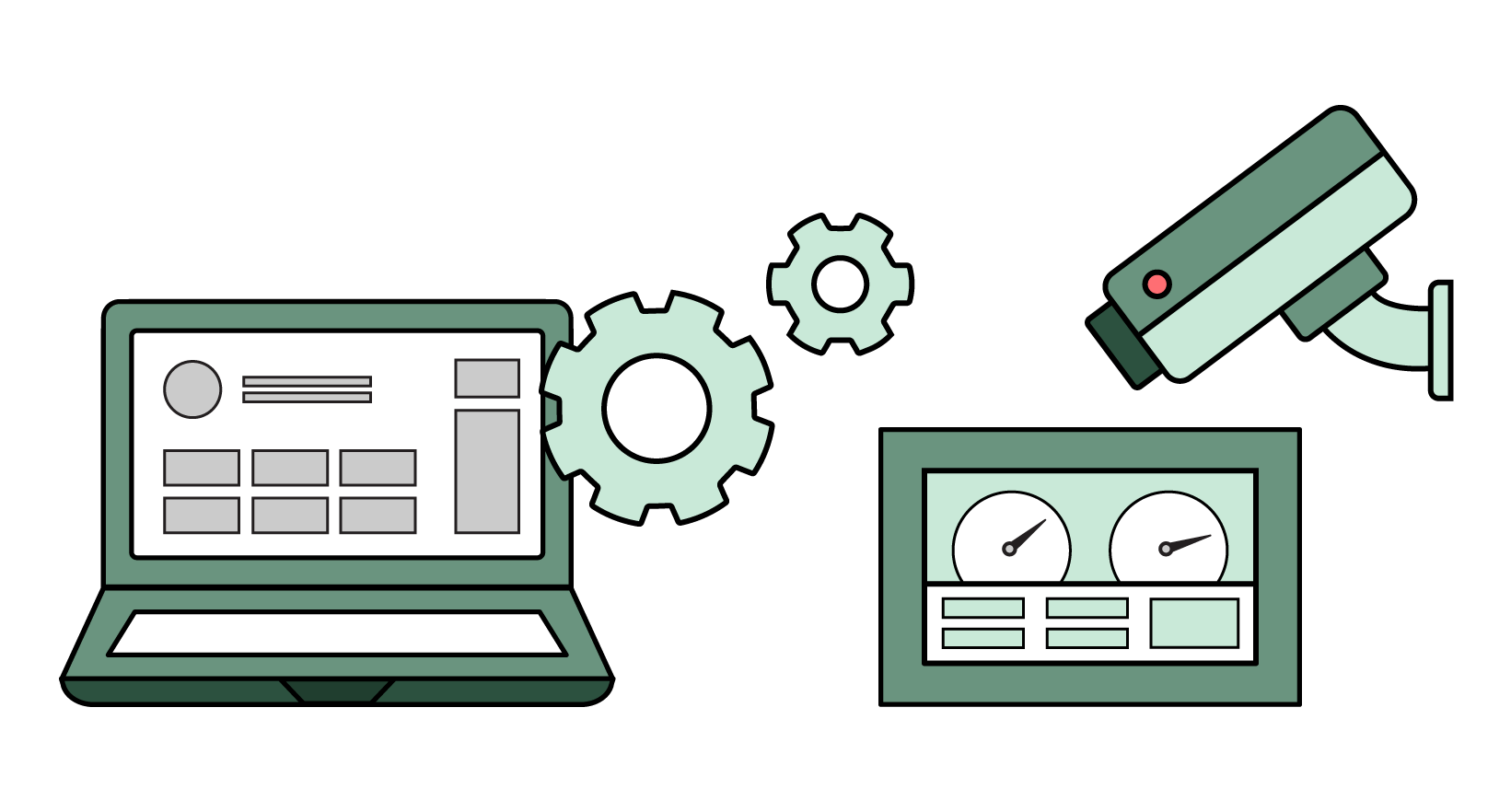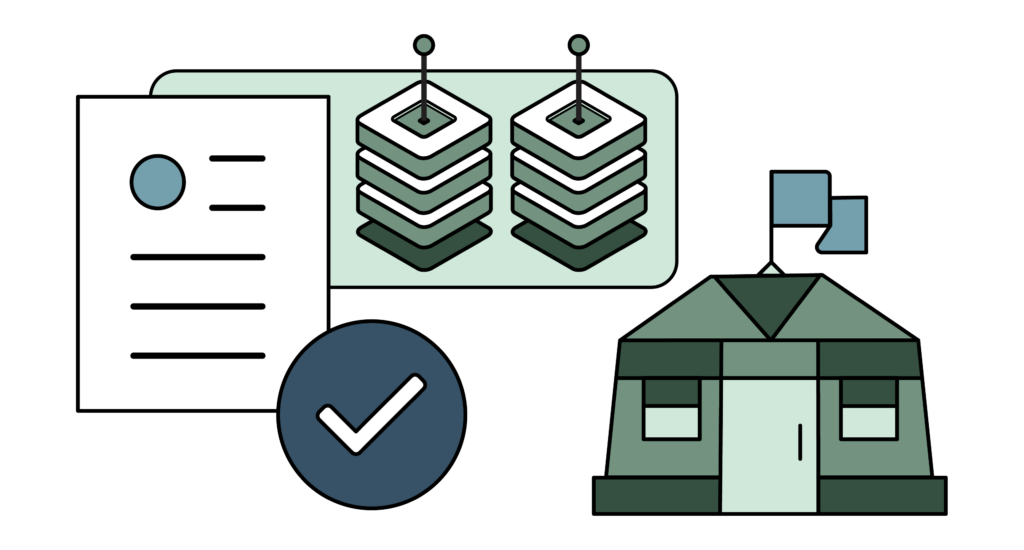The Core of Your Zero-Trust Architecture
“Zero-Trust” is on pace to become the buzzword of the decade. Zero-trust is truly a disruptive philosophy of network security that aims to rectify some of the key issues of today’s information security environment. In practice, it has been one of the most complicated and convoluted concepts, often being misused and misappropriated by bloated tech vendors looking to ship more product.
It’s important that we decouple fact from fiction when it comes to zero-trust. While many a conceptual thinkpiece has been authored along these lines, few technical solutions have manifested themselves that embody the core principles and ideas behind ZT. This is where ZKX Helix comes in.
Foundational zero-trust for IT, OT, and IoT
ZKX Helix is the first of its kind, bringing fundamental ZT functions, operations, and protections to all networks and resources. As a software-only platform, Helix brings foundational ZT operations to secure IT, OT, and IoT resources on your network. Helix encapsulates the core of zero-trust networking principles and provides capabilities that enable organizations to get a jump-start on their zero-trust journey.


Zero-trust for lean, austere, and tactical networks
We at ZKX Solutions have spent years studying the principles of ZT security and strategizing optimal methods to implement them. When researching current avenues of zero-trust thinking, it is not uncommon to run into words such as cloud, enterprise, AI, machine learning, or platforms and solutions that require massive data throughput pipelines just to get started. While these approaches may be suitable for large, well-connected enterprise campuses, they are largely out of the question for lean, resource-starved, critical networks in austere environments.
For our leaner, more critical environments, it is important that a picture of zero-trust is adopted that not only provides this higher standard of security, but does so under assumed technical capacities that even the resource-constrained, austere networks can support. Helix checks both of those boxes.
Helix delivers the four essential components of a zero-trust network
Helix provides the core essentials of zero-trust security capabilities: perimeters, policies, and policy enforcement – all driven by identity. Helix provides these capabilities in a form factor and deployment model that supports these underrepresented, under-resourced critical networks. These core capabilities enable any network, large or small, to begin adopting ZT protections and principles.
